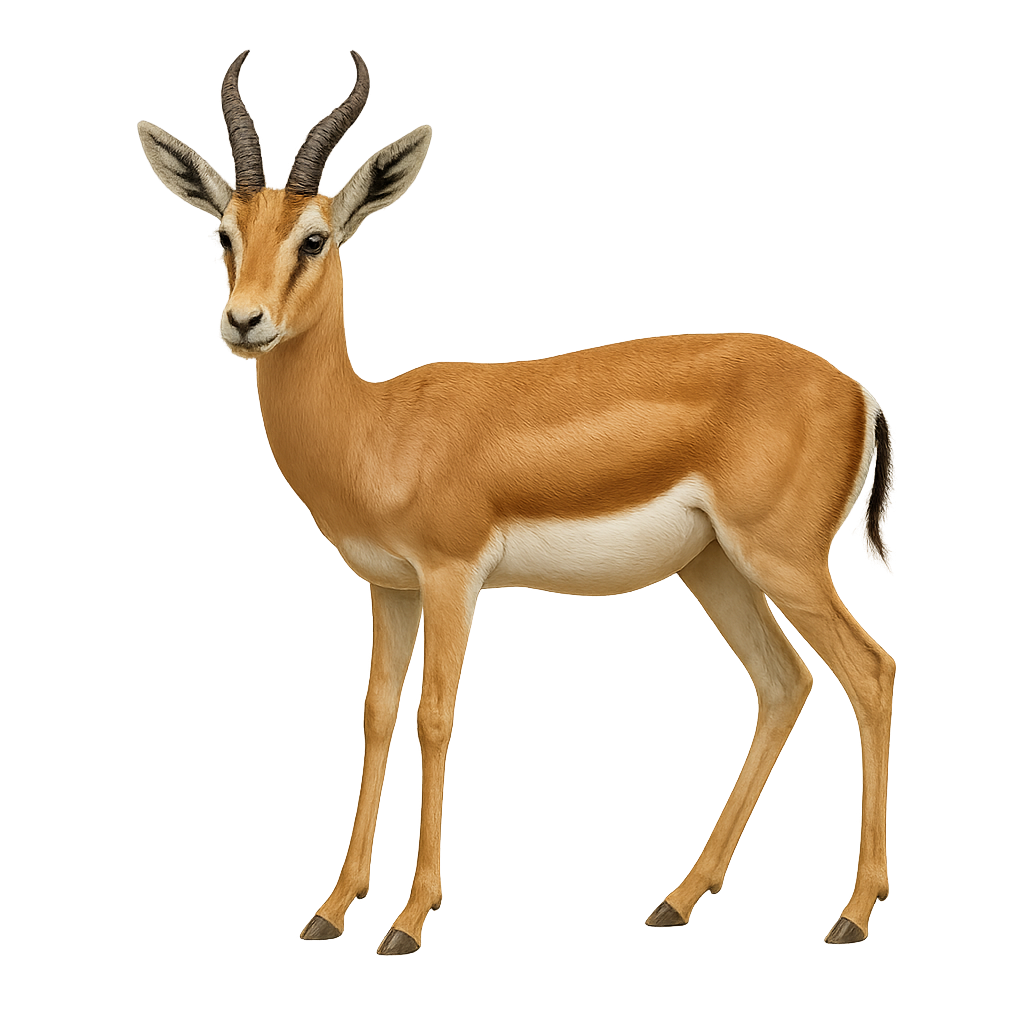Your wildlife photography guide.
Explore the dorcas gazelle in detail, study its behavior, prepare your shots.
Where to observe and photograph the dorcas gazelle in the wild
Learn where and when to spot the dorcas gazelle in the wild, how to identify the species based on distinctive features, and what natural environments it inhabits. The WildlifePhotographer app offers tailored photography tips that reflect the dorcas gazelle’s behavior, helping you capture better wildlife images. Explore the full species profile for key information including description, habitat, active periods, and approach techniques.
Dorcas gazelle
Scientific name: Gazella dorcas

IUCN Status: Vulnerable
Family: BOVIDAE
Group: Mammals
Sensitivity to human approach: Suspicious
Minimum approach distance: 50 m
Rut period: November to January
Gestation: 170-180 jours
Births: April to June
Habitat:
Deserts, steppes, savannas
Activity period :
Primarily active during the day, with peak activity in the morning and late afternoon.
Identification and description:
The Dorcas gazelle is a small, graceful antelope well adapted to the arid environments of the Sahara and surrounding regions. It is distinguished by its light beige coat, which allows it to blend into the desert, and its elegantly curved horns. Standing about 55 to 65 cm at the shoulder and weighing between 15 and 20 kg, it is agile and fast, capable of running at high speeds to escape predators. Its diet mainly consists of leaves, flowers, and fruits, enabling it to survive in areas where water is scarce. The Dorcas gazelle is a symbol of grace and resilience in extreme conditions.
Recommended lens:
400 mm – adjust based on distance, desired framing (portrait or habitat), and approach conditions.
Photography tips:
To photograph the Dorcas gazelle, it is advisable to use a telephoto lens of 400 mm or more to capture detailed images without disturbing it. Approach slowly and discreetly, using vegetation or terrain to camouflage yourself. The best times for photography are early morning or late afternoon when the light is soft, and the gazelle is more active. Be patient and ready to wait to get natural and spontaneous shots.
The WildlifePhotographer App is coming soon!
Be the first to explore the best nature spots, track rutting seasons, log your observations, and observe more wildlife.
Already 1 432 wildlife lovers subscribed worldwide

